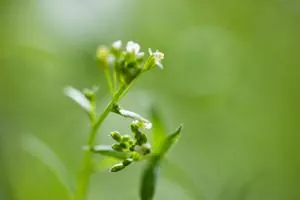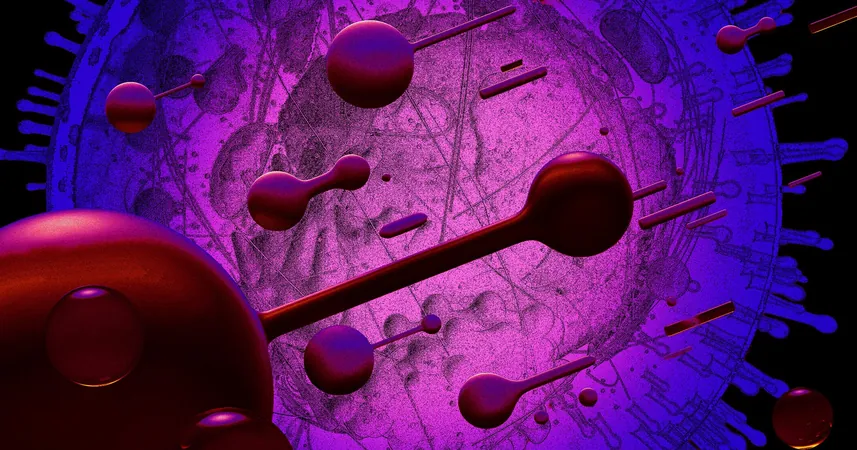
Unlocking Nature's Secrets: How Plants Time Their Flowering with Precision!
2025-09-02
Author: Noah
The Ultimate Survival Game for Plants
Plants may be rooted in place, but their world is anything but static. To thrive and bloom at just the right moment, they have to be savvy observers, constantly gathering data about their environment—tracking changes in temperature, light intensity, and day length. But the question remains: how do they effectively process this information for optimal growth?
Revolutionary Discoveries from the Salk Institute
Recent breakthroughs from scientists at the Salk Institute shine a light on this complex process, revealing a stunning genetic mechanism that allows plants to harmonize their blooming with the arrival of light and colder temperatures. In a groundbreaking study published in *Nature Communications*, researchers unveiled how two genetic pathways interact to signal the right conditions for flowering.
The Genetic Pathways Behind Flowering
The study discovered a critical partnership between two pathways activated by blue light and lower temperatures. The PHOT2 blue light receptor, aided by a protein named NPH3, kicks off one pathway. Meanwhile, when temperatures dip, a transcription factor called CAMTA2 boosts the gene EHB1, which conveniently interacts with NPH3. This unique genetic setup acts as a 'coincidence detector,' linking blue light and cool temperatures and triggering the flowering process.
Why This Discovery Matters for the Future
The implications of this research are enormous! By understanding how plants finely tune their flowering under cooler conditions, we are one step closer to optimizing crop growth, particularly as climate change alters environmental patterns. The findings are part of the Salk's Harnessing Plants Initiative, aimed at ensuring food security in a rapidly evolving world.
Voices Behind the Research
Adam Seluzicki, the lead researcher, emphasizes the plant's need to adapt as they remain stationary: "While animals can flee unwelcoming environments, plants must rely on their ability to gather information and adapt. We've unveiled a genetic system that combines blue light and temperature cues, an essential breakthrough for enhancing agricultural productivity in the face of climate challenges."
A Tribute to a Visionary
This research also pays homage to Joanne Chory, a titan in the field of plant biology, who sadly passed away in 2024. Her impact on the scientific community continues to inspire future explorations in plant research.
Support from the Scientific Community
This important work received backing from several esteemed institutions, including the National Institutes of Health and the Howard Hughes Medical Institute, showcasing a collaborative effort to drive forward plant science and agricultural advancements.









 Brasil (PT)
Brasil (PT)
 Canada (EN)
Canada (EN)
 Chile (ES)
Chile (ES)
 Česko (CS)
Česko (CS)
 대한민국 (KO)
대한민국 (KO)
 España (ES)
España (ES)
 France (FR)
France (FR)
 Hong Kong (EN)
Hong Kong (EN)
 Italia (IT)
Italia (IT)
 日本 (JA)
日本 (JA)
 Magyarország (HU)
Magyarország (HU)
 Norge (NO)
Norge (NO)
 Polska (PL)
Polska (PL)
 Schweiz (DE)
Schweiz (DE)
 Singapore (EN)
Singapore (EN)
 Sverige (SV)
Sverige (SV)
 Suomi (FI)
Suomi (FI)
 Türkiye (TR)
Türkiye (TR)
 الإمارات العربية المتحدة (AR)
الإمارات العربية المتحدة (AR)